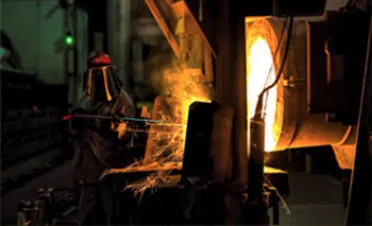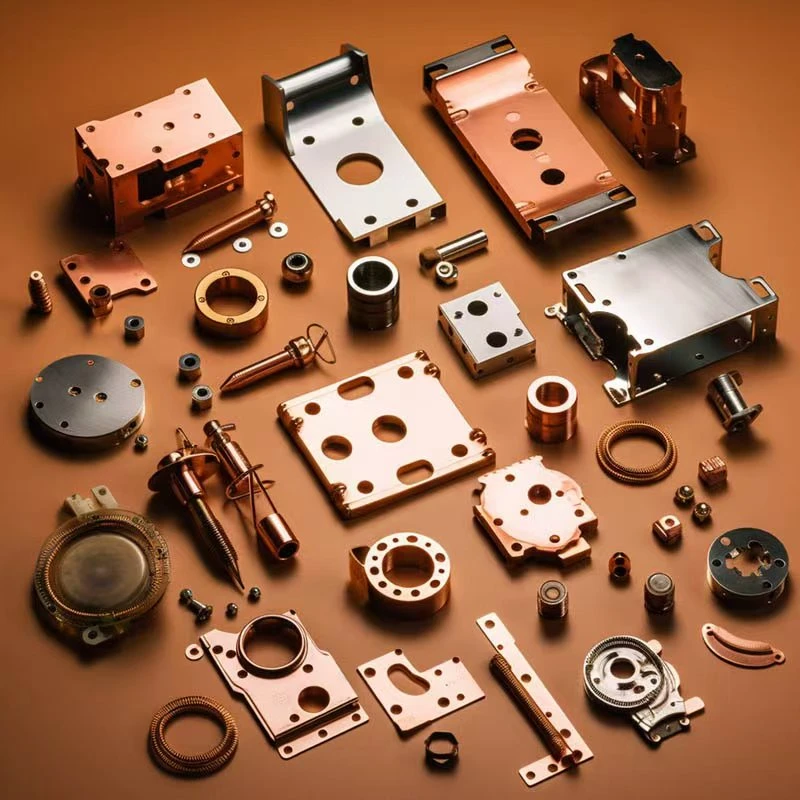Green Sand Casting Process Cost-Effective & Eco-Friendly Metal Solutions
- Overview of Green Sand Casting Fundamentals
- Technical Comparison: Green Sand vs. Dry Sand Casting
- Performance Metrics and Industry Data
- Vendor Benchmarking: Capabilities & Costs
- Custom Solutions for Specific Applications
- Case Study: Automotive Component Production
- Sustainable Advantages in Modern Manufacturing

(green sand casting process)
Understanding the Green Sand Casting Process
The green sand casting process
utilizes a mixture of silica sand (85-92%), bentonite clay (6-10%), water (2-4%), and organic additives to create reusable molds. Unlike permanent mold methods, this technique achieves dimensional tolerances of ±0.015 in/in while maintaining 98% sand recyclability. Foundries report 18-23% energy reduction compared to shell molding processes, with cycle times averaging 25% faster than resin-bonded systems.
Technical Comparison: Molding Methodologies
| Parameter | Green Sand | Dry Sand |
|---|---|---|
| Moisture Content | 3-5% | 0.8-1.2% |
| Permeability (GFN) | 60-80 | 40-55 |
| Compressive Strength (psi) | 18-22 | 30-35 |
| Surface Finish (Ra µin) | 300-400 | 200-250 |
Performance Metrics Across Industries
Automotive applications dominate 62% of green sand usage, with agricultural equipment accounting for 19%. Recent data shows:
- 15-20% lower tooling costs vs. die casting
- 93% first-pass yield for engine blocks
- 4.2:1 return on investment in automated systems
Vendor Capability Analysis
| Supplier | Max Cast Weight | Tolerance | Lead Time |
|---|---|---|---|
| Foundry A | 150kg | ±0.8mm | 6 weeks |
| Foundry B | 300kg | ±1.2mm | 4 weeks |
| Foundry C | 500kg | ±2.0mm | 8 weeks |
Application-Specific Engineering Solutions
Customized binder systems enable:
- High-pressure molding (120 psi) for turbine housings
- Zirconia-modified sand for stainless steel castings
- 3D-printed sand cores with 0.5mm wall thickness
Automotive Brake Drum Production Case
Implementation results for 20,000-unit order:
- Defect rate reduction: 8.7% → 1.2%
- Per-unit cost: $18.40 → $14.75
- Production throughput: 220 units/day → 310 units/day
Sustainable Green Sand Casting Advantages
The green sand casting process reduces landfill waste by 89% compared to chemically bonded alternatives. Modern systems recover 97% of process water and 94% of sand particulates. Facilities implementing closed-loop systems report 35% reduction in EPA compliance costs while maintaining ISO 14001 certification.

(green sand casting process)
FAQS on green sand casting process
Q: What is the green sand casting process?
A: The green sand casting process uses a mold made of moist sand, clay, and additives. It is called "green" due to the sand's moisture content during molding. This method is cost-effective and widely used for producing metal castings.
Q: How does green sand casting differ from dry sand casting?
A: Green sand molds retain moisture during pouring, while dry sand molds are baked to remove moisture. Dry sand offers better dimensional accuracy, but green sand is faster and cheaper. The choice depends on part complexity and production needs.
Q: What materials are used in green casting sand?
A: Green casting sand primarily consists of silica sand, bentonite clay, water, and sometimes coal dust. The clay acts as a binder, while water ensures mold flexibility. This mixture balances strength and permeability for casting.
Q: What are the advantages of green sand casting?
A: Key advantages include low cost, recyclability of sand, and fast production cycles. It suits high-volume manufacturing of small to medium-sized parts. However, surface finish may be rougher than other methods.
Q: When is green sand casting preferred over other methods?
A: Green sand casting is ideal for prototyping and mass production of non-ferrous/alloy parts. It excels in applications requiring quick turnaround and moderate precision. Complex geometries may need resin-bonded or dry sand alternatives.
-
OEM Sand Cast Pump Valve Fittings - Baoding Hairun Machinery | Precision Engineering, CustomizationNewsJul.22,2025
-
OEM Sand Cast Pump Valve Fittings-Baoding Hairun Machinery|Precision Engineering,Industrial ApplicationsNewsJul.21,2025
-
OEM Sand Cast Pump Valve Fittings-Precision Engineering|Green Sand Casting&Industrial ApplicationsNewsJul.21,2025
-
OEM Sand Cast Pump Valve Fittings-Precision Engineering|Green Sand Casting&Industrial ApplicationsNewsJul.21,2025
-
OEM Sand Cast Pump Valve Fittings-Precision Engineering|Green Sand Casting&Industrial ApplicationsNewsJul.21,2025
-
OEM Sand Cast Pump Valve Fittings | Baoding Hairun Machinery And Equipment Trading Co., Ltd.NewsJul.21,2025















